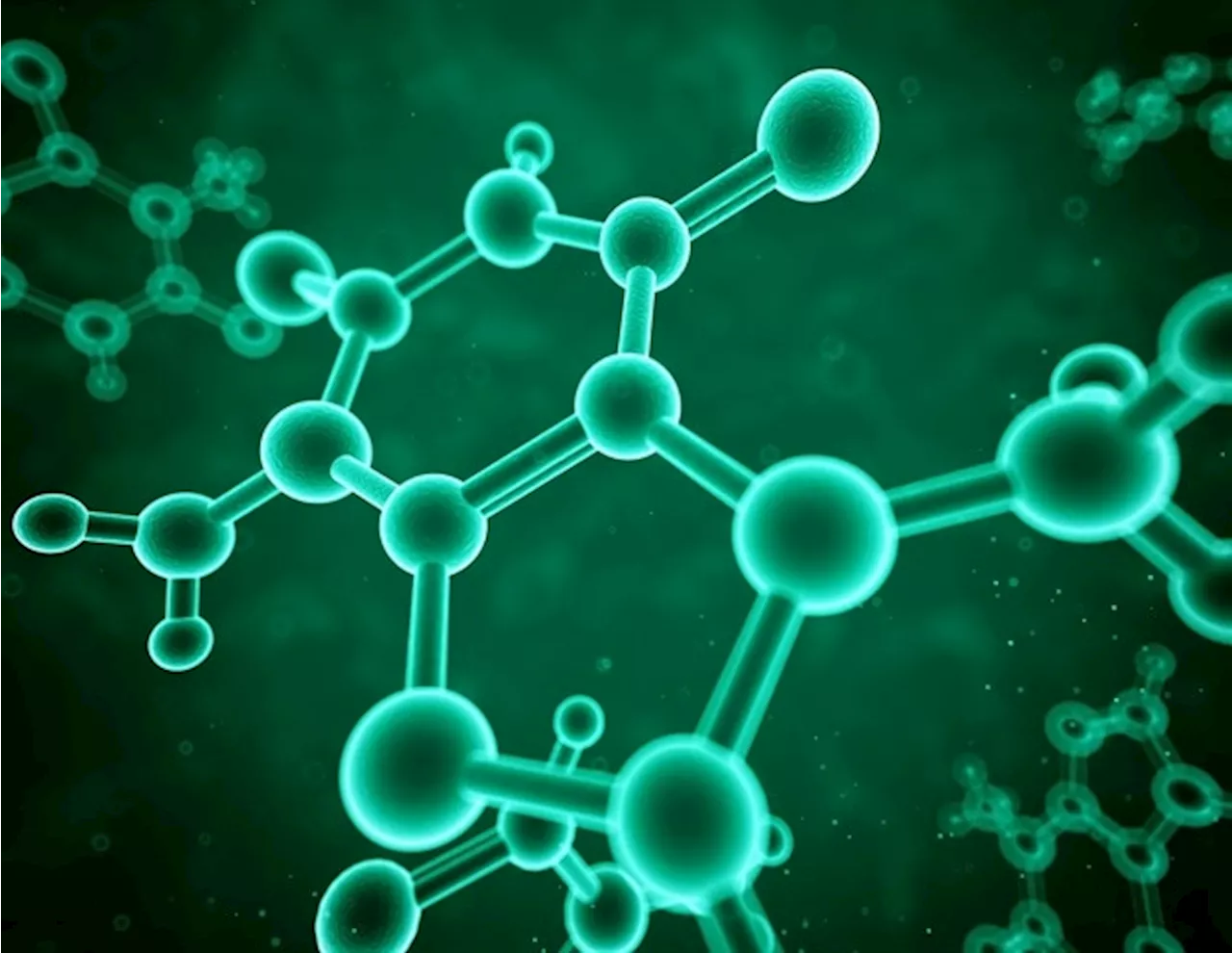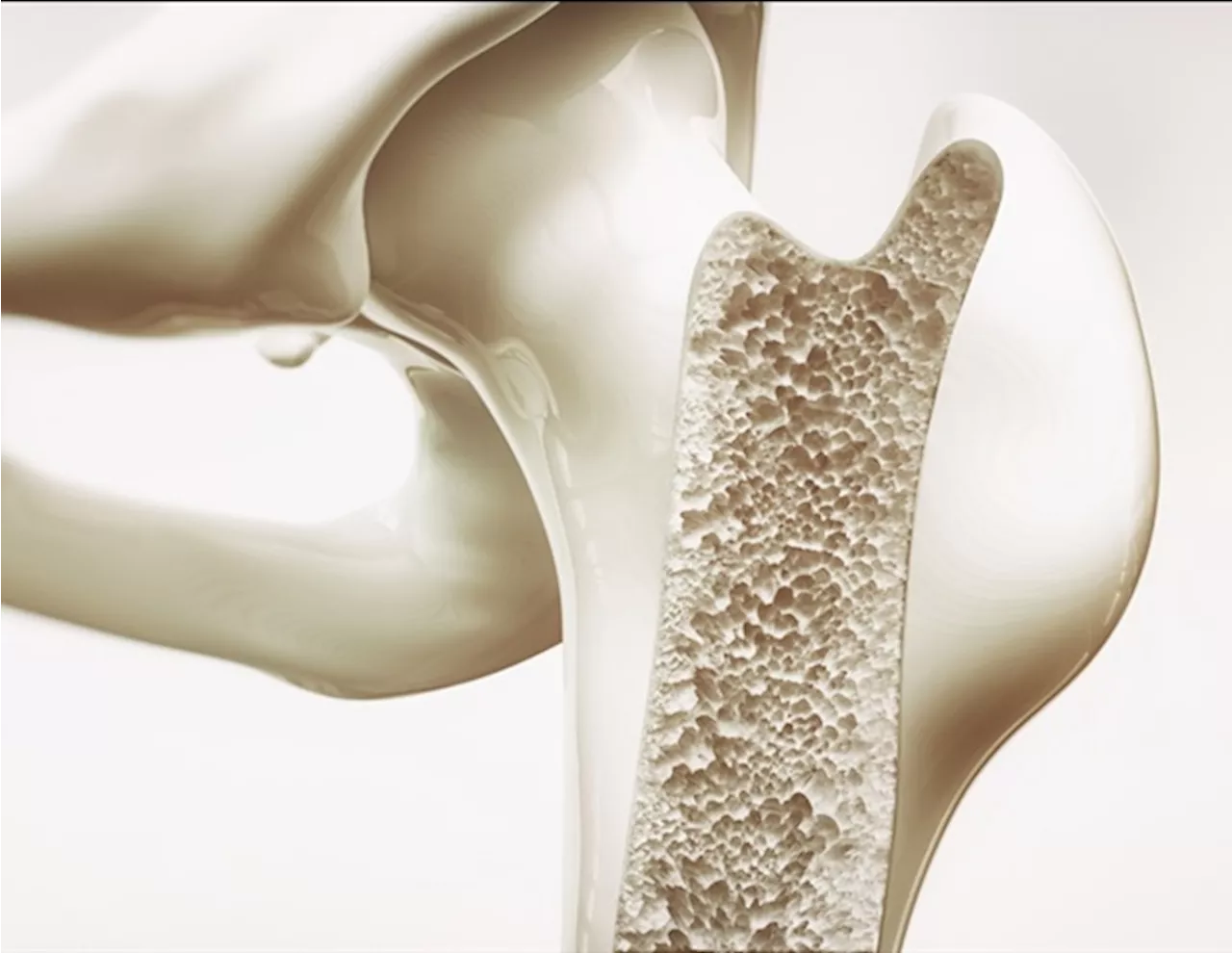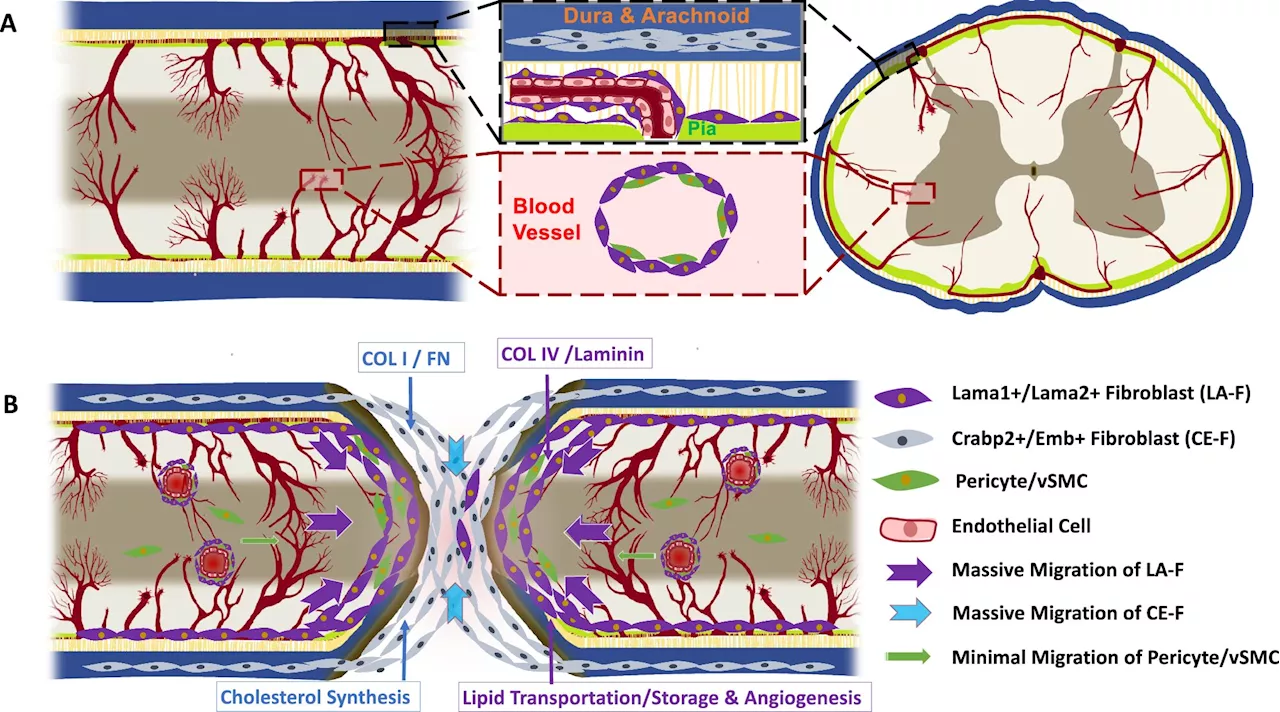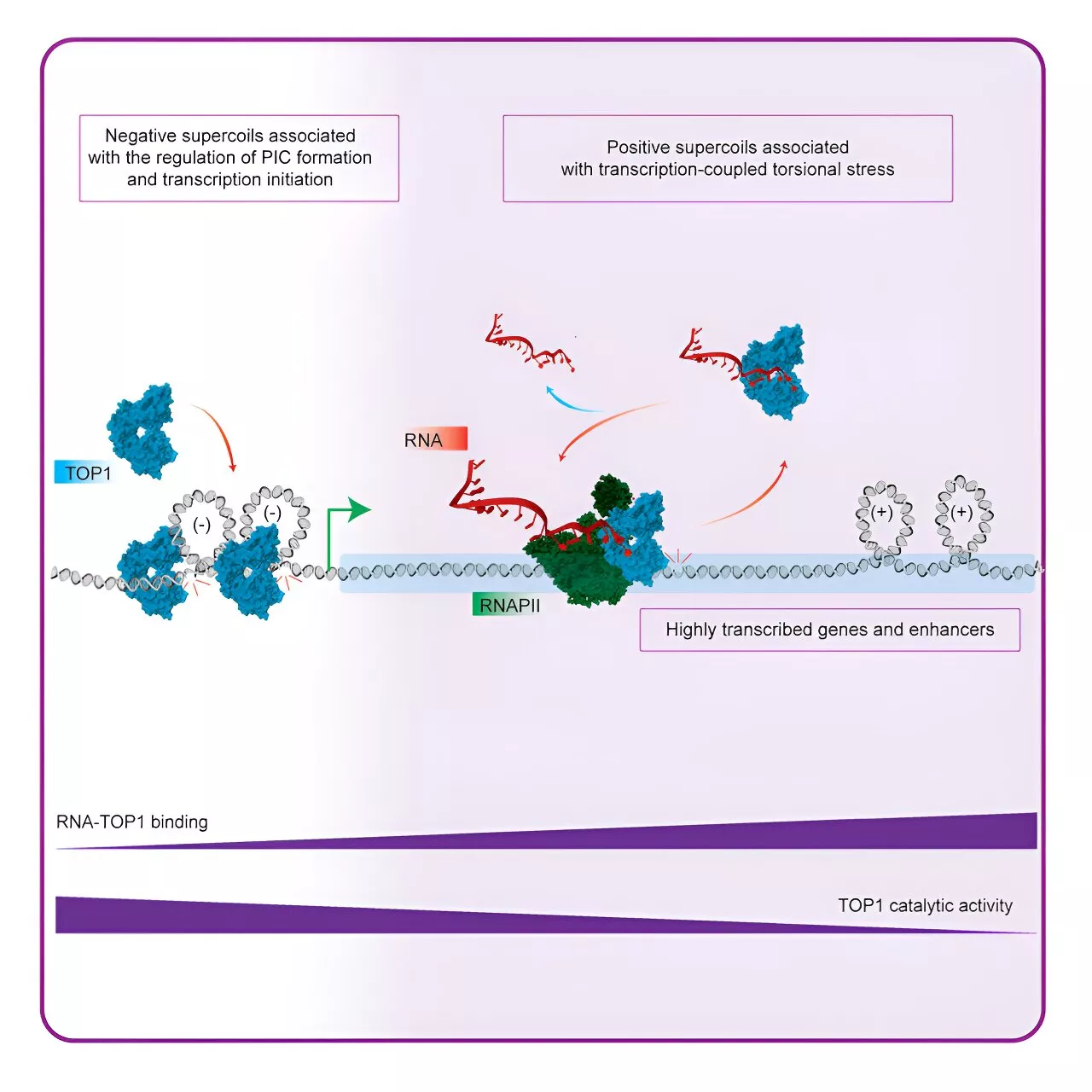The authors investigate the physiological functions of Terc-53 by creating transgenic mice that overexpress this noncoding RNA. They observe that Terc-53 overexpression affects normal aging in mammals, contributing to cognitive decline and shortened lifespan.
Higher Education PressAug 27 2024 Mechanistically, they find that Terc-53 binds to and promotes the degradation of Hmmr, leading to enhanced inflammation in tissues and accelerated aging. They also note that Hmmr levels decrease with age in certain brain regions, similar to Terc-53's pattern, and that restoring Hmmr levels can improve cognitive abilities and reduce neuroinflammation markers.
It demonstrates that Terc-53 regulates organismal aging through the stability of Hmmr and the modulation of neuroinflammation. The findings open new avenues for understanding and potentially treating age-related physical debilities and improving healthspan. By identifying Hmmr as a critical mediator of Terc-53's effects on aging, the research suggests that strategies aimed at stabilizing Hmmr could mitigate age-related cognitive decline and inflammation.
Receptor RNA Cell Inflammation Protein Research Transgenic
United Kingdom Latest News, United Kingdom Headlines
Similar News:You can also read news stories similar to this one that we have collected from other news sources.
 Researchers develop highly reactive RNA building blocks for enhanced chip productionAn international research team led by the University of Vienna has succeeded in developing a new version of RNA building blocks with higher chemical reactivity and photosensitivity. This can significantly reduce the production time of RNA chips used in biotechnological and medical research.
Researchers develop highly reactive RNA building blocks for enhanced chip productionAn international research team led by the University of Vienna has succeeded in developing a new version of RNA building blocks with higher chemical reactivity and photosensitivity. This can significantly reduce the production time of RNA chips used in biotechnological and medical research.
Read more »
 Single-cell RNA sequencing sheds light on stroke-induced brain damageStrokes lead to irreversible damage to the brain and are one of the most common causes of dependency or death.
Single-cell RNA sequencing sheds light on stroke-induced brain damageStrokes lead to irreversible damage to the brain and are one of the most common causes of dependency or death.
Read more »
 KAUST researchers uncover LINE-1 RNA’s role in triggering bone repairAround half of the human genome is composed of DNA fragments originating from ancient viruses. These 'transposable elements' (TEs) are now known to play various roles in modulating gene expression and disease development.
KAUST researchers uncover LINE-1 RNA’s role in triggering bone repairAround half of the human genome is composed of DNA fragments originating from ancient viruses. These 'transposable elements' (TEs) are now known to play various roles in modulating gene expression and disease development.
Read more »
 Single-cell RNA sequencing reveals heterogeneity in fibrotic scars after spinal cord injuryMyofibroblasts generate fibrotic scars after spinal cord injury (SCI). This is typically regarded as an impediment to nerve regeneration. Understanding the heterogeneous characteristics of fibrotic scars might help to develop strategies for remodeling fibrotic scars after SCI.
Single-cell RNA sequencing reveals heterogeneity in fibrotic scars after spinal cord injuryMyofibroblasts generate fibrotic scars after spinal cord injury (SCI). This is typically regarded as an impediment to nerve regeneration. Understanding the heterogeneous characteristics of fibrotic scars might help to develop strategies for remodeling fibrotic scars after SCI.
Read more »
 The surprising role of RNA in immune interactionsIn a groundbreaking exploration of cell surface biology, Ryan Flynn has uncovered a surprising role for RNA outside the confines of the cell. Flynn's research, which focuses on the biology of cell surface RNA, led to the discovery that certain RNAs are chemically linked to glycans-;complex carbohydrate polymers found on the cell surface.
The surprising role of RNA in immune interactionsIn a groundbreaking exploration of cell surface biology, Ryan Flynn has uncovered a surprising role for RNA outside the confines of the cell. Flynn's research, which focuses on the biology of cell surface RNA, led to the discovery that certain RNAs are chemically linked to glycans-;complex carbohydrate polymers found on the cell surface.
Read more »
 Study reveals RNA's role in regulating gene expression in cancer cellsScientists have discovered how interactions between RNA and the TOP1 essential enzyme, which is overexpressed in many human cancers, regulate DNA during transcription and may inform the creation of new cancer therapies, according to a Northwestern Medicine study published in Molecular Cell.
Study reveals RNA's role in regulating gene expression in cancer cellsScientists have discovered how interactions between RNA and the TOP1 essential enzyme, which is overexpressed in many human cancers, regulate DNA during transcription and may inform the creation of new cancer therapies, according to a Northwestern Medicine study published in Molecular Cell.
Read more »
